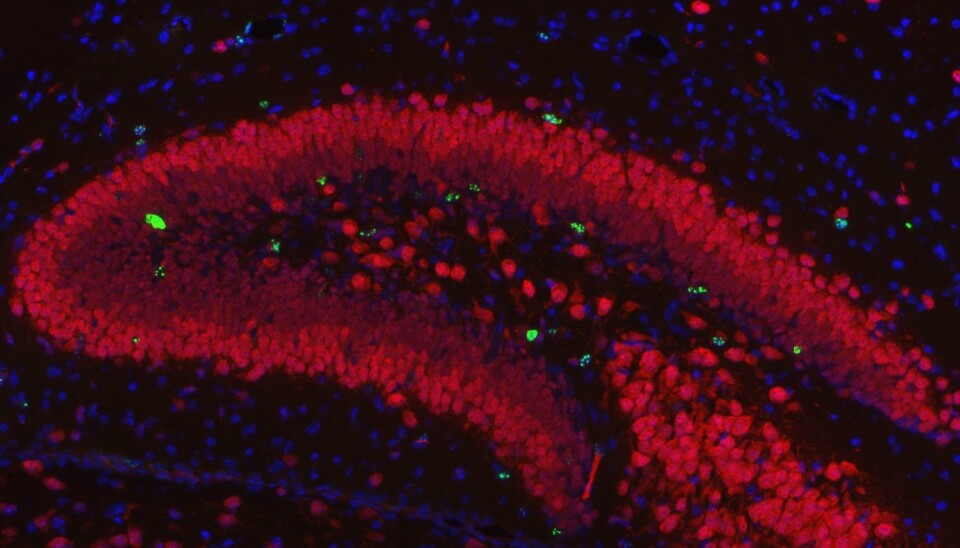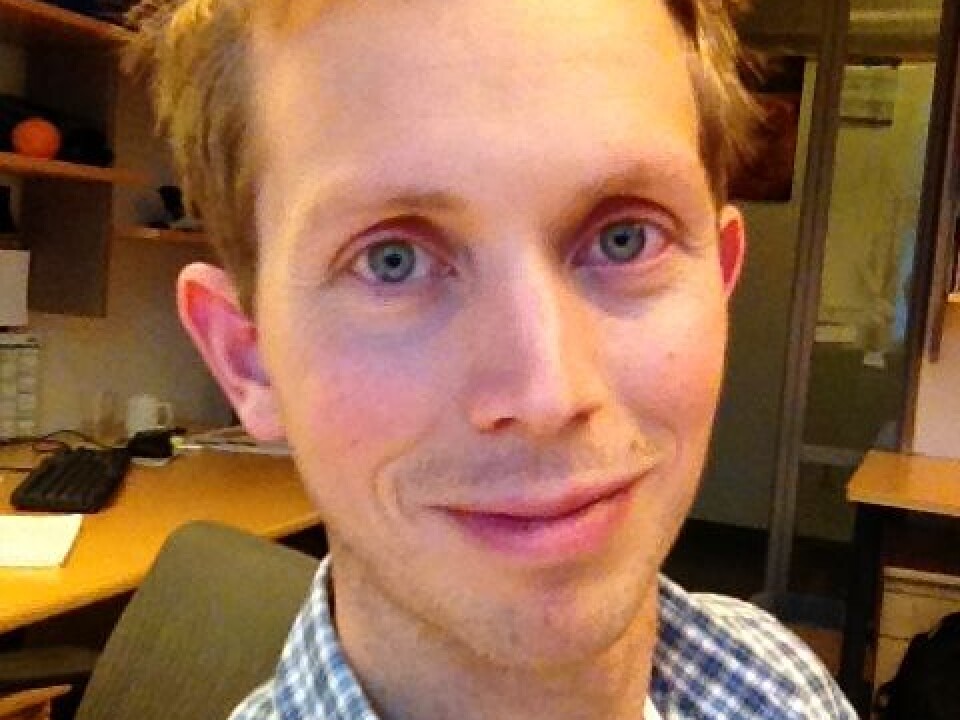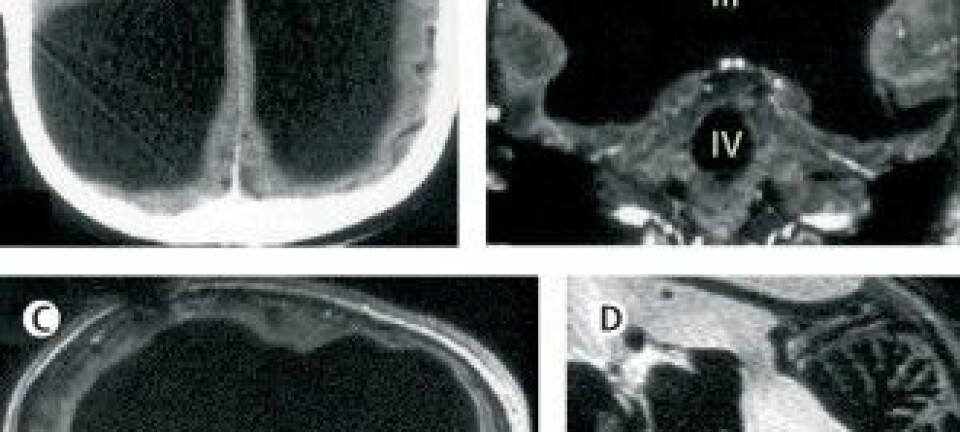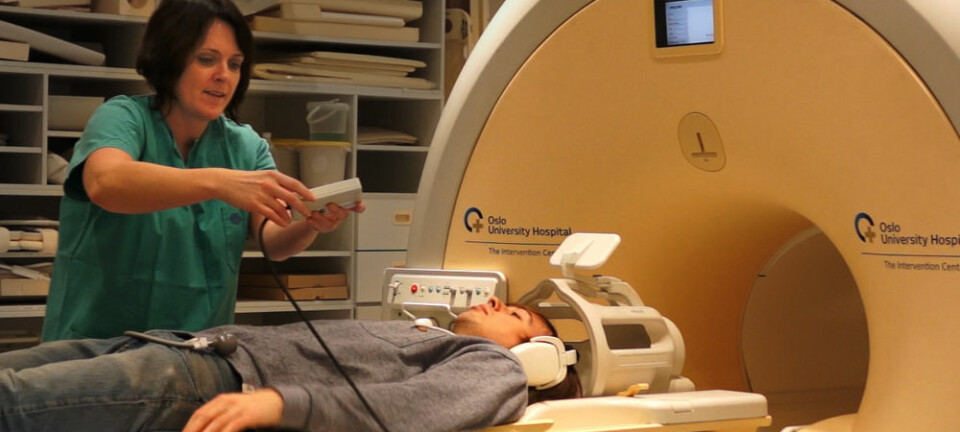
The brain’s little helper
A tiny protein has a caretaker’s role for our major organ, the brain. What happens to us if the protein is absent?
Denne artikkelen er over ti år gammel og kan inneholde utdatert informasjon.
The brain is a fabulous organ. In addition to being the centre for learning, memory and body control, this fatty grey blob has ways of partly healing itself.
We expose our bodies to a harmful environment every day and our genetic material, DNA, takes its share of the wear and tear.
Solar rays and many substances we eat, drink or breathe can damage our DNA to the detriment of our bodies and brains.
The damage can lead to cancer or necrosis ‒ the death of cells.

We can’t stop eating or breathing, so it’s a good thing that the brain knows how to take care of itself.
A Norwegian medical research team recently discovered that a little protein named Neil3 is the brain’s personal MD.
Like iron rust
When the DNA of stem cells in the brain is damaged Neil3 sets out to make repairs.
“Neil3 seems to be the protein with main responsibility for repairing special oxidative DNA damage. And it doesn’t only work in stem cells,” says Yngve Sejersted.
Sejersted is a physician and postdoc at the University of Oslo’s Institute of Clinical Medicine.
Oxidative damage is the injury to cells by oxygen, sort of like when iron rusts.
And stem cells need to be kept healthy.
“We rely on our stem cells our entire lives to maintain the ability to learn and to retain memory,” says Sejersted.
The research team wanted to find out what happens if Neil3 is removed.
This required the use of test animals, in this case genetically modified mice that were born without this repair protein.
Fearless mice
The researchers expected mice that lacked the repair protein to suffer more DNA damage and thus be more prone to maladies such as cancer.
“But we didn’t find that,” says the doctor.
Something entirely different occurred.
“The genetically modified mice had weaker memories and generally behaved rather uncritically,” says Sejersted.
The mice were not afraid of thing they usually should be, such as traipsing about in open areas or exploring new environments.
“It came as a surprise that a lack of DNA repair led to changed behaviour,” says the researcher.
Sejersted and his colleagues discovered that the stem cells that lacked Neil3 stopped producing new neural cells.
“In brief we think this is the reason for the altered behaviour among the mice. Without a renewal of neural cells one suffers impairments such as the ability to learn,” says Sejersted.
Sejersted and his colleagues will use their discovery in further studies, including research on Alzheimer’s disease.
Repairs that curb Alzheimer’s
As many as 15 percent of persons over the age of 80 are stricken by Alzheimer’s and there is far too little that can be done to treat it.
We know that Alzheimer’s disease reduces judgment, changes our personality and saps memory, but it isn’t totally clear why this happens.
“It’s been established that people with Alzheimer’s and Parkinson’s have elevated levels of oxidative DNA damage.”
“So the assumption is that DNA repair plays an important role in these diseases, and this is something we will be looking into,” says Sejersted.
He adds that Neil3 and stem cell function are also vital after a brain injury and they will do research on the role the little protein plays following a stroke.
---------------------------
Read the Norwegian version of this article at forskning.no
Translated by: Glenn Ostling

































